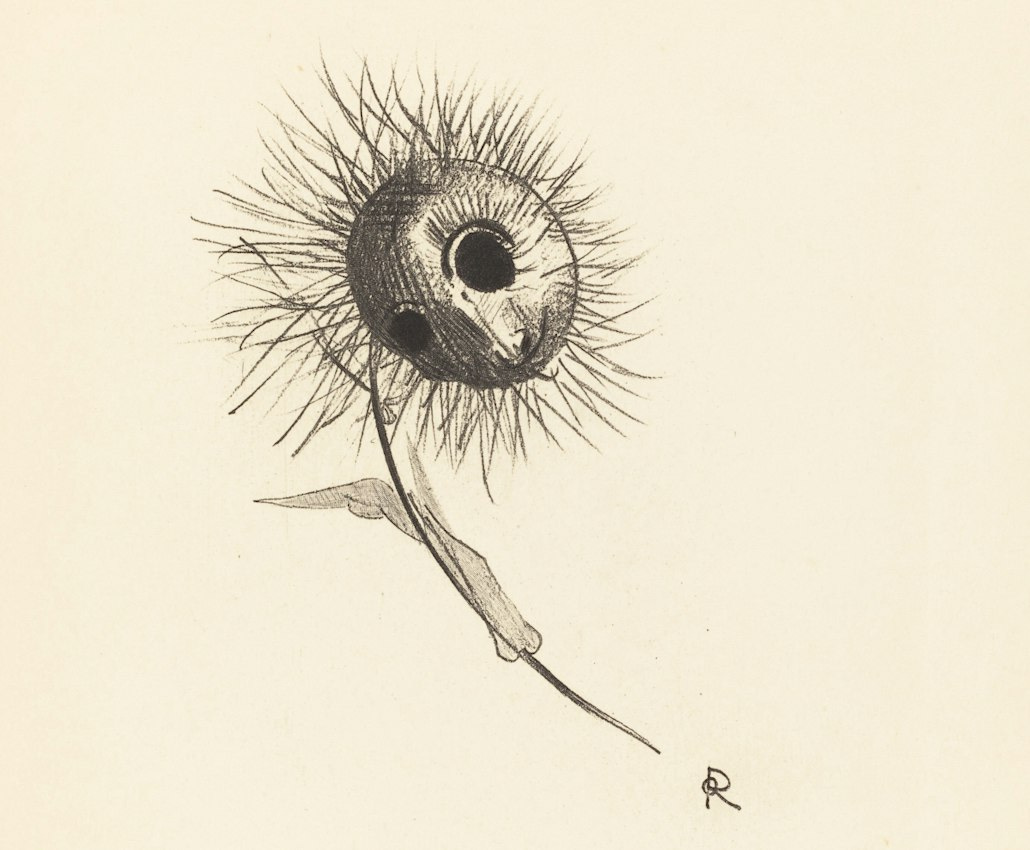A grotesque and decadent love poem
Is it even a love poem? Countee Cullen's works are suffused with death and they showcase brilliant imagery and deft turns of phrase
Countee Cullen, “The Wise”
(For Alain Locke)
DEAD men are wisest, for they know
How far the roots of flowers go,
How long a seed must rot to grow.
Dead men alone bear frost and rain
On throbless heart and heatless brain,
And feel no stir of joy or pain.
Dead men alone are satiate;
They sleep and dream and have no weight,
To curb their rest, of love or hate.
Strange, men should flee their company,
Or think me strange who long to be
Wrapped in their cool immunity.What we love about this poem…
Despite its personal dedication to another prominent writer of the Harlem Renaissance (Alain Locke), this almost necrophiliac poem—with its talk of death and ‘dead men’—hardly seems to be a warm embrace.
But the precise imagery and word choice allow this poem’s tricks to come off.
Early on, we get one symbol of conventional love poetry—flowers, though in this case their roots—and then the poem turns back to an image of rot and renewal. From this, we know that something surely isn’t right. The repetition of ‘dead men’ reminds us that we are never far from our own mortality. Then, at the end of the poem, the speaker gives us another morbid turn, suggesting that they themselves may be seduced by death.
In some ways, this is an old trick: the French poet Charles Baudelaire popularised grotesque verse meant to disturb his readers in his famous The Flowers of Evil (1857), which contained the poem ‘The Corpse,’ featuring a lover gazing wistfully on the title object. One translation of the poem begins:
Remember, my Beloved, what thing we met By the roadside on that sweet summer day; There on a grassy couch with pebbles set, A loathsome body lay. The wanton limbs stiff-stretched into the air, Steaming with exhalations vile and dank, In ruthless cynic fashion had laid bare The swollen side and flank.

About the Author
Countee Cullen (1903-46) was a well-known writer of the Harlem Renaissance who published poems, novels, and plays. His work appeared in many of the prominent magazines of the time, including Opportunity and Fire!!, alongside that of Zora Neale Hurston, Langston Hughes, and other leading contemporary writers. Cullen’s work shows his sustained interest in European writers of the late nineteenth century, such as Baudelaire, Oscar Wilde, and Walter Pater.
To Read Alongside…
Look back at our newsletters featuring Cullen’s contemporaries, including Claude McKay, Zora Neale Hurston, and Langston Hughes.
Suggest a LitHit!
Tell us your own favourites from literature you've read, and we can feature you as a Guest Curator if you like. Just email us with the following information:
Your full name
The title of the book you're suggesting
The location of the excerpt within the book (e.g., "in the middle of chapter 5"), or the excerpt itself copied into the email or attached to it (in Word)
Why you love it, in just a few sentences
About LitHits
LitHits helps you make time for reading by bringing you unabridged excerpts from brilliant literature that you can read on the go, anytime or any place. Our curators carefully select and frame each excerpt so that you can dive right in. We are more than a book recommendation site: we connect you with a powerful, enduring piece of literature, served directly to your mobile phone, tablet or computer.
Today's guest curator...
Dr Daniel Abdalla is a core member of LitHits and an expert in nineteenth and twentieth-century literature, particularly its relationship to science.
You might also enjoy...
Feedback
We'd love to hear your thoughts on our newsletter:
kshepherdb@yahoo.co.uk
Graphic design by Sara Azmy
All curation content © 2024 LitHits. All rights reserved.



